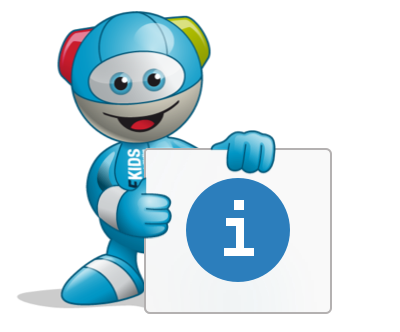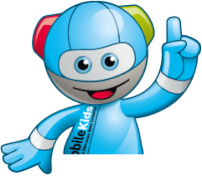Around the age of five, children can name left and right. So they know: This is my left foot, I prefer to paint with my right hand. Most children of primary school age can not only find their left hands and right feet, but also point to those of other people. And that is a real achievement of the brain, because perspective is what matters here. Children who know their right hand often point to the left hand of the other person. Because they start from themselves. Left is exactly where right is for the other person. This is confusing at first. However, the change of perspective plays a major role in road traffic when you are cycling and want to show others where you are turning off, for example. Or you would like to know where the oncoming vehicle has to go.

- Visual aids: Mark socks, the backs of hands or slippers until children have learned to distinguish. Always wear the a bracelet (watch) on the same arm.
- Repetitions: Keep pointing this out in daily activities. Incorporate directions into everyday life.
- Exercises: The hemispheres of the brain can work together better when you make crossover movements. For example, bring left elbow and right knee together 20 times.
- Mnemonic: Place the palms of the hands on the table, spread the thumb at a 90-degree angle. A perfect L is formed on the left - so you always know where the left is.
- Climbing, running and romping help the child to experience their body in a space and stimulate both hemispheres of the brain, making it easier to grasp directions.
Crawling helps the brain hemispheres work together
By the way, it is not only children who have difficulty distinguishing between right and left: About 20 to 30 percent of adults self-admit to having a right-left weakness. However, this syndrome has not been scientifically proven. The fact that some take longer to name right and left than others is due to the fact that they had too little opportunity to experience the directions in their childhood and therefore their brain hemispheres do not work together ideally. For example,when crawling and climbing. By the way, crawling still helps to stimulate the brain in adulthood. Mums and dads on all fours may look funny, but they help their brain hemispheres work together.
If children have great difficulty, it does not have to be due to the cooperation of the brain hemispheres. There may also be a concentration or learning disorder. This is then a matter for the paediatrician or child psychologist.

